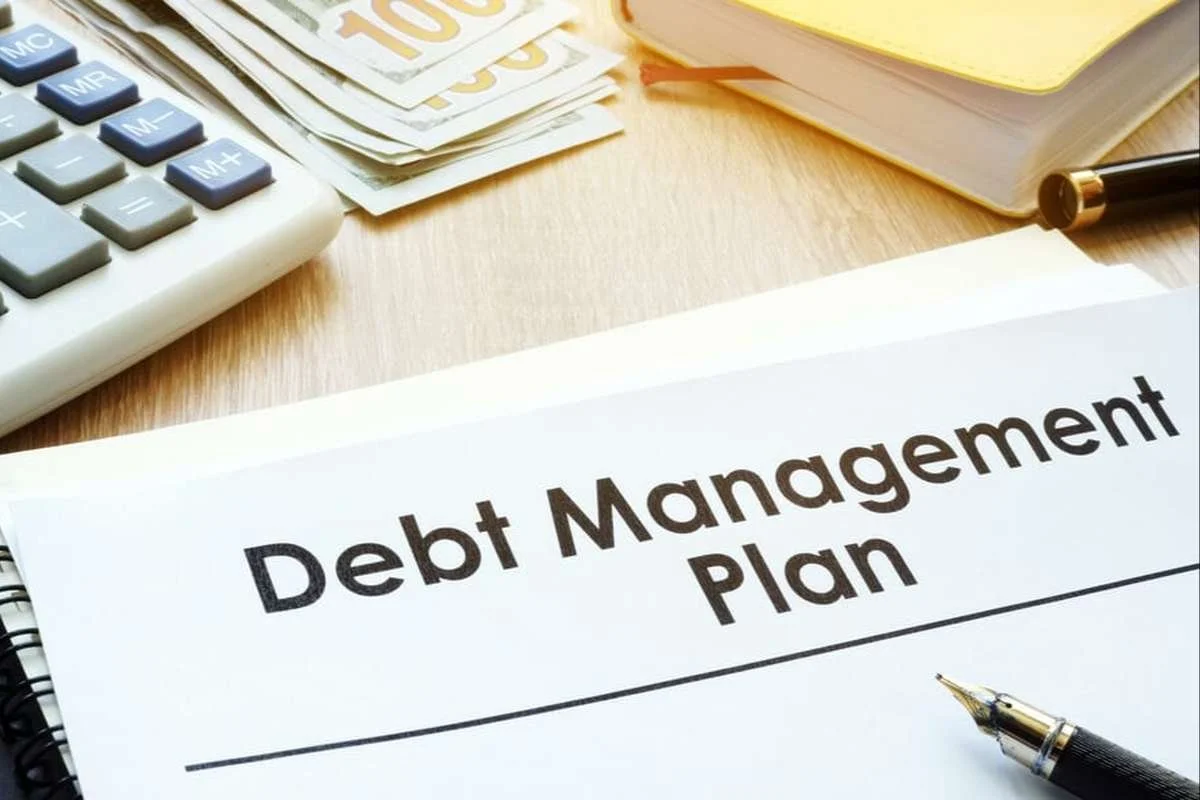Understanding, Managing, and Mastering What You Owe
Debt doesn’t have to be a dirty word. For many Canadians, it’s part of the everyday financial journey—whether it’s buying a home in Alberta, paying off a student loan, or navigating credit card bills. The key is understanding your debt, using it wisely, and making it work for you.
By: Jhoanne Diaz
Debt doesn’t have to be a dirty word. For many Canadians, it’s part of the everyday financial journey—whether it’s buying a home in Alberta, paying off a student loan, or navigating credit card bills. The key is understanding your debt, using it wisely, and making it work for you.
As of mid-2025, Canadian households owe over $3.1 trillion in total debt. The household debt-to-income ratio is around 184.5%, meaning Canadians owe nearly %1.85 for every dollar of disposable income. The biggest contributors? Mortgages, followed by credit cards, auto loans, and lines of credit.
What Is Debt?
Debt means borrowing money with the promise to repay it, often with interest. In Canada, the most common types include:
• Mortgages: With home prices in cities like Calgary and Vancouver, mortgages are often essential but can stretch for 25+ years.
• Credit Cards: Nearly 90% of Canadians carry one, but many hold balances with interest rates topping 20%.
• Student Loans: Many students graduate with national and provincial student debt, though repayment assistance programs exist.
• Lines of Credit: Flexible borrowing often with lower interest than credit cards.
• Auto and Personal Loans: Used for big purchases or financial emergencies.
Good vs. Bad Debt
Debt Type Why It’s Considered “Good” or “Bad”
Good Debt Used to invest in your future or build equity (e.g., a mortgage, education)
Bad Debt High-interest, short-term debt that doesn’t add long-term value (e.g., payday loans, impulse purchases)
The difference lies in how the debt supports (or sabotages) your long-term goals.
The Cost of Debt in Canada
Canadian households carry some of the highest debt levels in the G7, often exceeding 180% of disposable income. That means for every $1 earned, Canadians owe $1.80. Yikes.
Interest rates from the Bank of Canada play a huge role—when they rise, so does your loan payment. Understanding the Annual Percentage Rate (APR) on your debt is crucial.
What Happens When Debt Spirals?
Uncontrolled debt can lead to:
• Damaged credit scores (which affect mortgages, rentals, even job applications)
• Collection calls or legal action
• Bankruptcy or consumer proposals, which stay on your credit file for years
But you’re not powerless.
Steps to Take Back Control
Here are five solid strategies every Canadian can use:
1. Track Your Spending: Use apps or a good old spreadsheet.
2. Create a Debt Snowball or Avalanche Plan: Pay off smallest debts first or highest interest rates first.
3. Negotiate Interest Rates: Don’t be shy—banks may lower your rate if you ask.
Mortgage Debt: The Giant Slice
The average mortgage balance in Canada is $349,178. Rising home prices and interest rates have pushed many Canadians to stretch their budgets just to afford housing. Mortgage debt growth actually increased by 0.4% in April 2025, even as other types of debts slowed.
A Fresh Perspective
In Canada, debt isn’t just a financial tool—it’s a cultural reality. But it can also be a pathway to stability, education, and homeownership. When you’re intentional, educated, and proactive, debt becomes less of a shackle and more of a stepping stone.
Do you want to learn how you can turn your mortgage to work on your advantage?
Want to learn how to get out of debt faster?
Contact us and we will provide you with comprehensive and confidential plan.
Call/Email Us:
Jhoanne Diaz
Email: jdawis@yahoo.com; jhoanne.diaz@forthrightltd.com
Phone: (587)429-7816
or
Leave us a message on when is the best time to connect.
